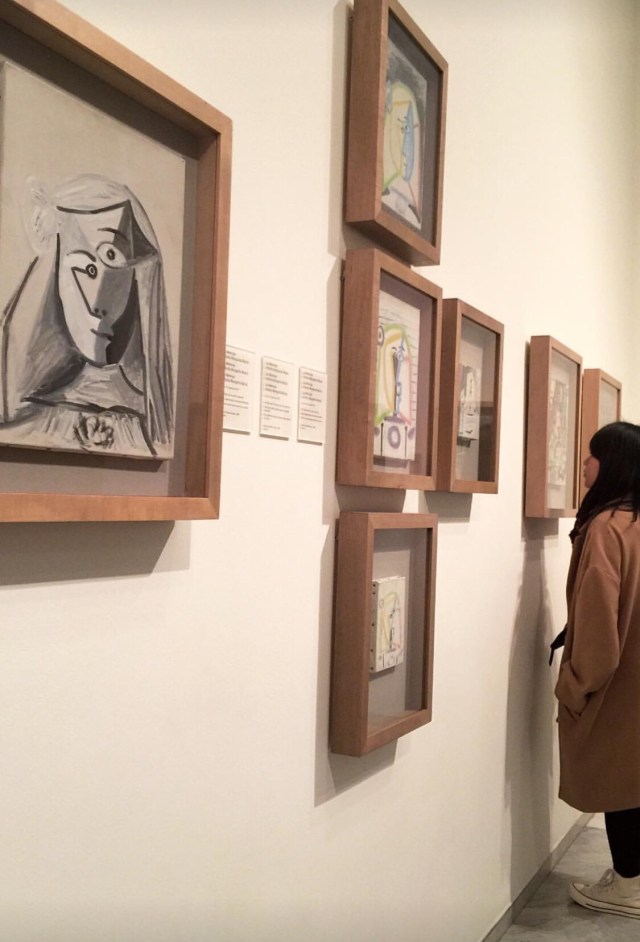Traveled with my nieta over the holidays — her first time in Europe. We based ourselves in Madrid but made 3 night trips to Paris, Barcelona and San Sebastian. Paris was at the top of her list but she ended up loving San Sebastian best and Barcelona second best. I wasn’t surprised.
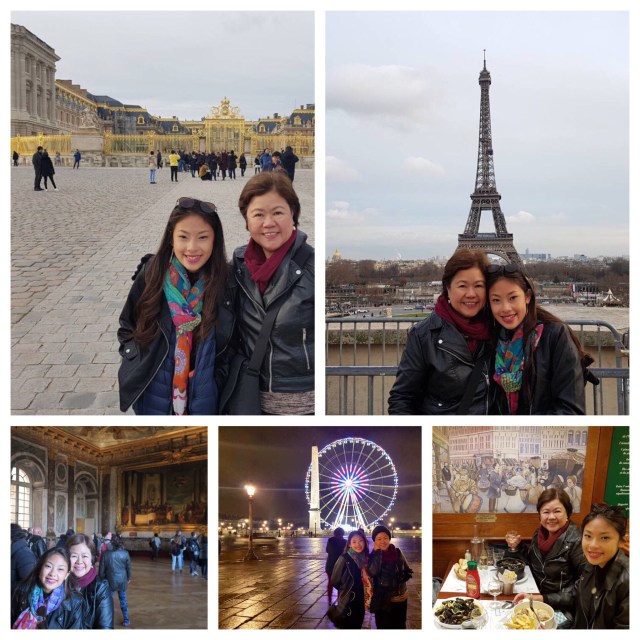

She loves visits to the art galleries and spent lotsa time there. And I mean lotsa time! San Sebastian has no museos in the league of Louvre nor Prado, but she digs the vibe in this Basque city so much that I’m convinced she can live there.
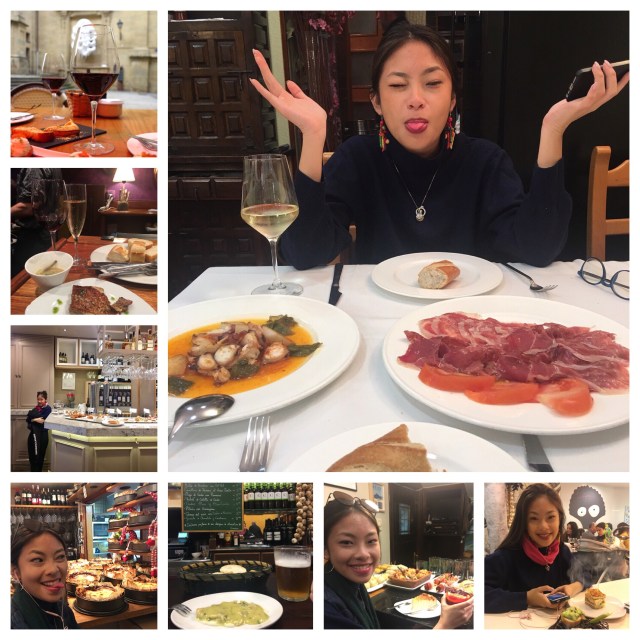
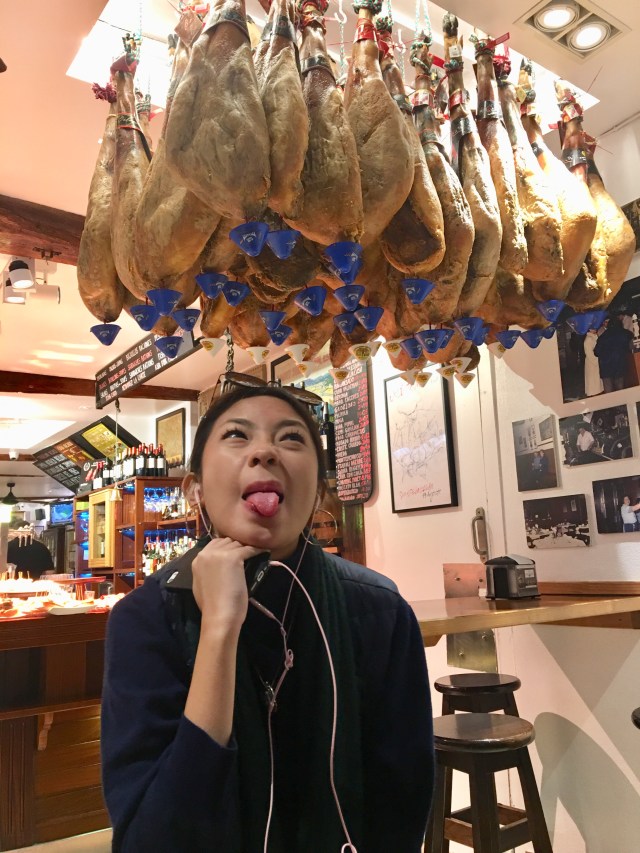
Traveling as abuela y nieta, our pair must have invited some attention. Or at least we were marked. Or perhaps SHE was marked. More than once, I was asked “Donde esta la chica?” She’d always find a vacant seat on the train where she can more comfortably sit, or stray away from me while we’re in line. She’d get free admission to some museos when the man at the window would ask if she’s a student. No student ID nor passport copy, but she gets in free or at a discount while her abuela pays the regular rate. She’s out of her teens now but still acts like a child like when I couldn’t get a decent shot of her without her tongue sticking out or her crinkling her nose.

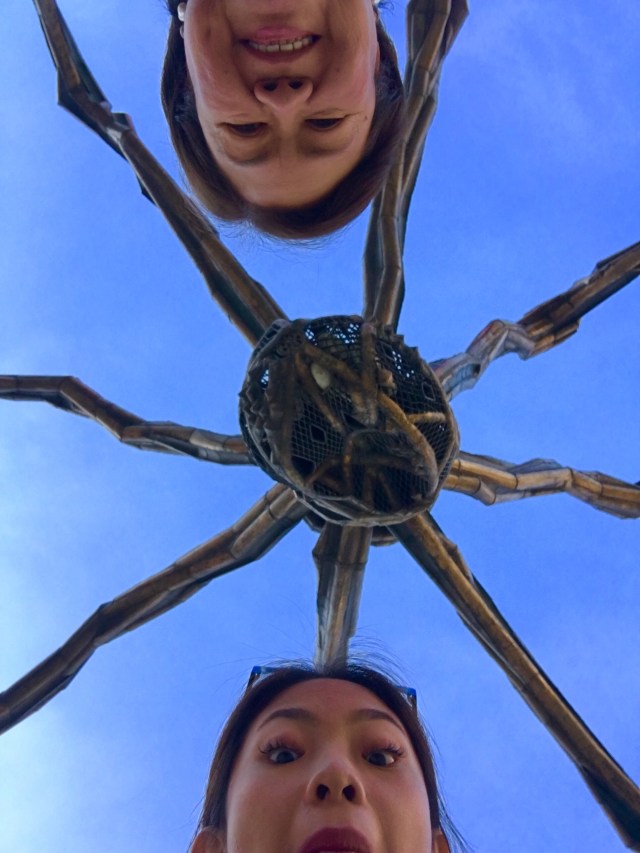
Our vacation lasted a full month. She’d tease we didn’t quarrel as much as expected and laugh. I was happy to show her around, much that museos and art galleries were coming out of my ears. She discovered she’s a good dishwasher and that she easily forgets things. I discovered I can appreciate street and urban art too. We share food preferences and love bubblies. She likewise shops like me — quick, decisive and wise. Ahem.

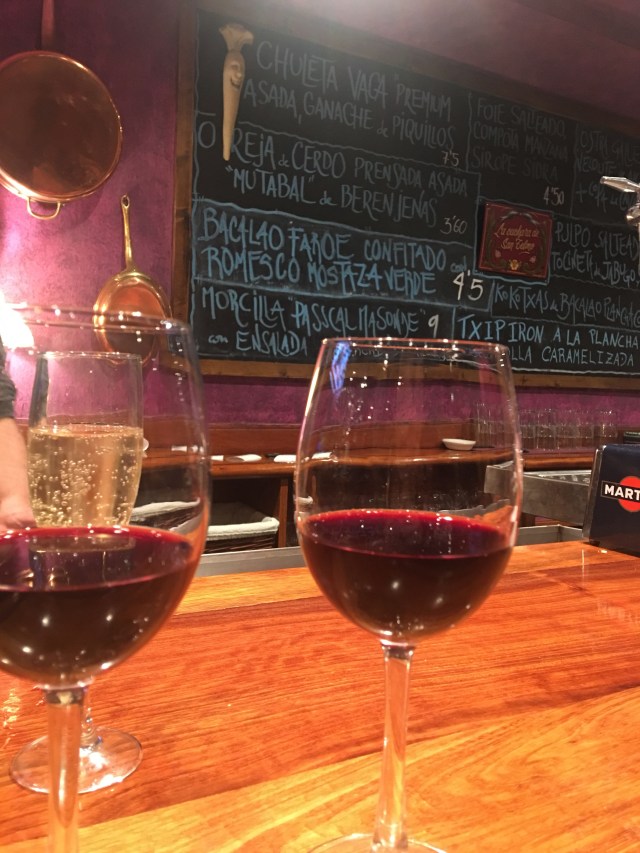
I am certain “art appreciation” was the highlight of this trip. I have seen how she spent for art materials and art books, more than she spent for those fashion stuff. For sure, she has set her sights on a return trip knowing how she has enjoyed this holiday.
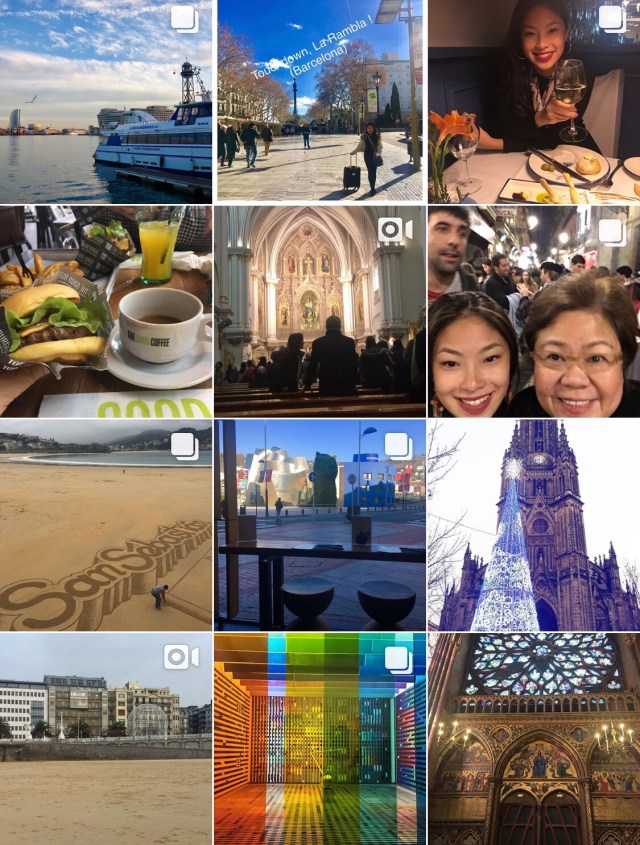
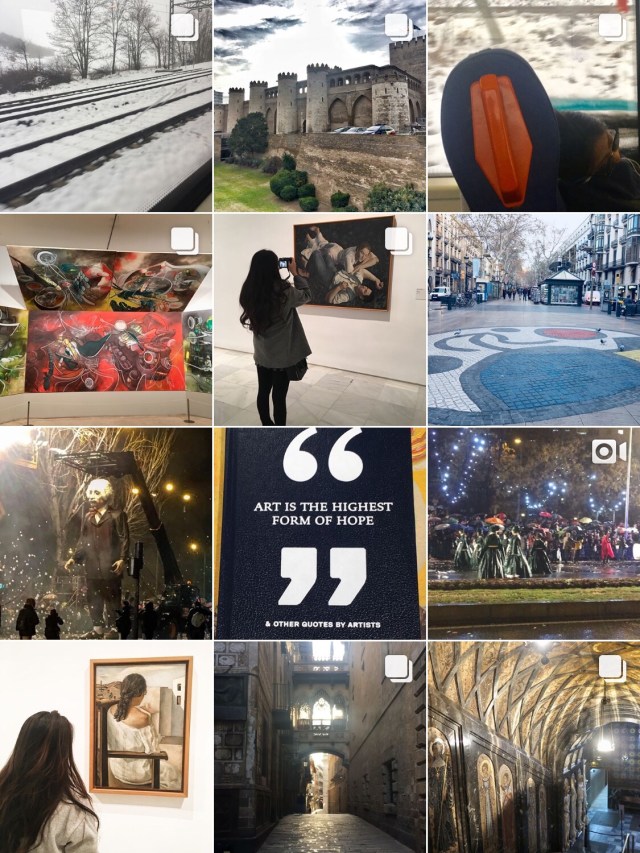
While in Madrid, she found time to meet with her friends now studying there. It was amusing to see her playing tour guide cum photographer. Their photos speak volumes on how much they enjoyed each other’s company, sticking tongues and all 😜 She loves Spain. And judging by how she’s been painting lately, mi nieta is inspired. 💕👩🏻🎨🎨
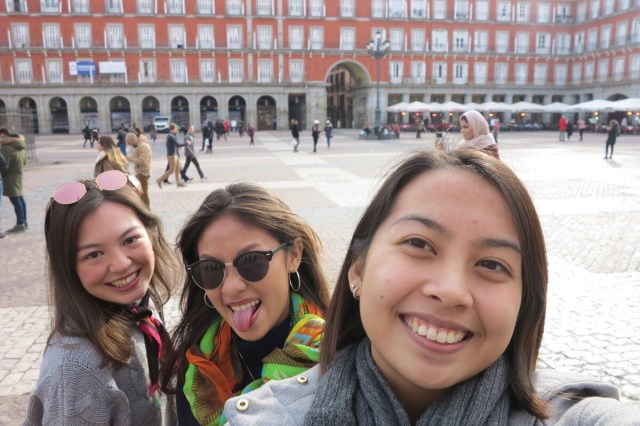


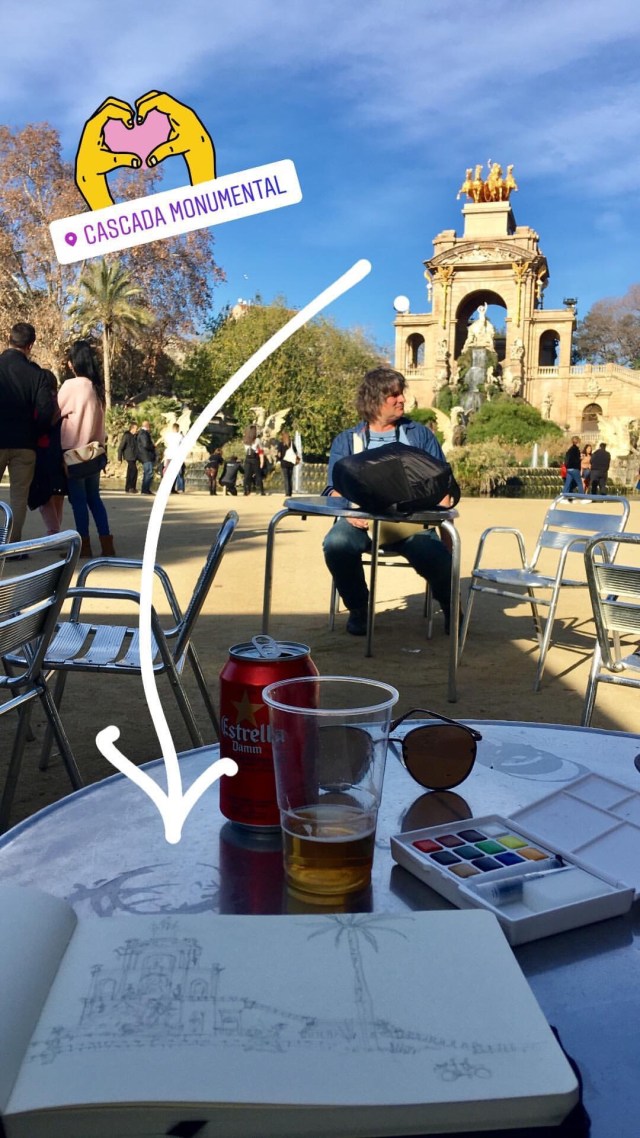 Travels with #aponimamu:(Just click on the link)
Travels with #aponimamu:(Just click on the link)
Around Paris
Louvre and Centre Pompidou
Bohemian Paris
Touchdown, San Sebastian
Txikiteo in San Sebastian
The Playas of San Sebastian
Traveling Paintbrush of Anna
Museo Guggenheim (Bilbao)
Museu Picasso (Barcelona)
Museo Reina Sofia (Madrid)
Museo Thyssen-Bornemizsa (Madrid)
Gaudi and Ciutat Vella
To Montserrat and Back
A Pleasant Moorish Surprise
Not Segovia, But Alcala de Henares
Street Art In Spain
Some Musings and Ramblings:
Abuela Con Nieta
Happy Thoughts for Anna P




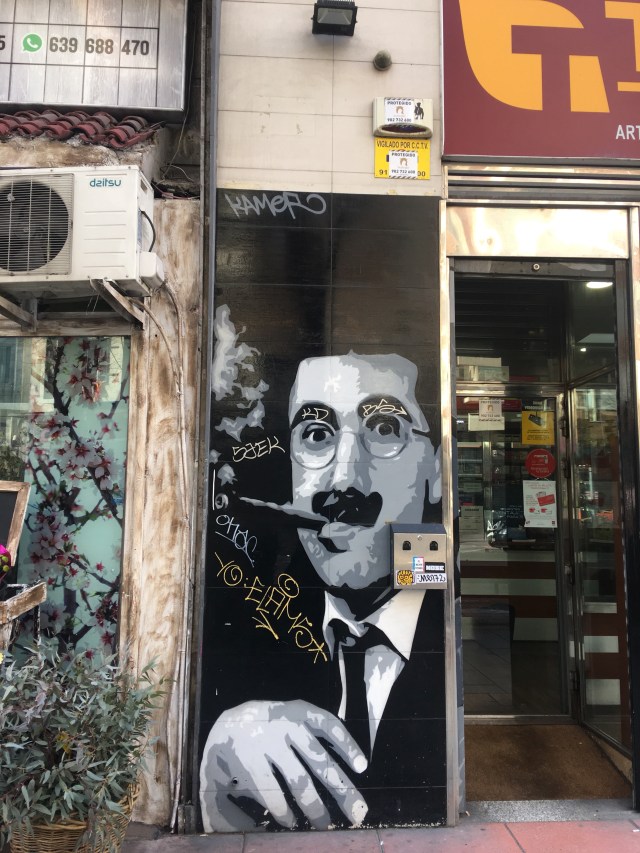
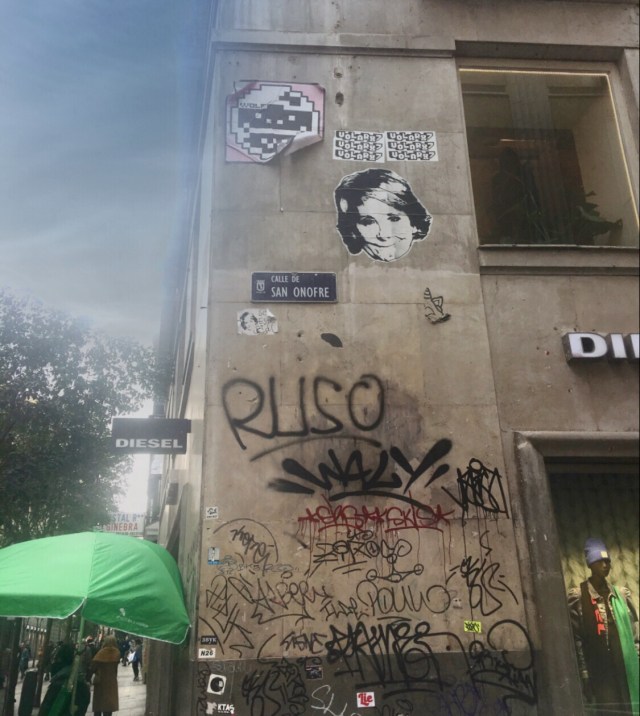
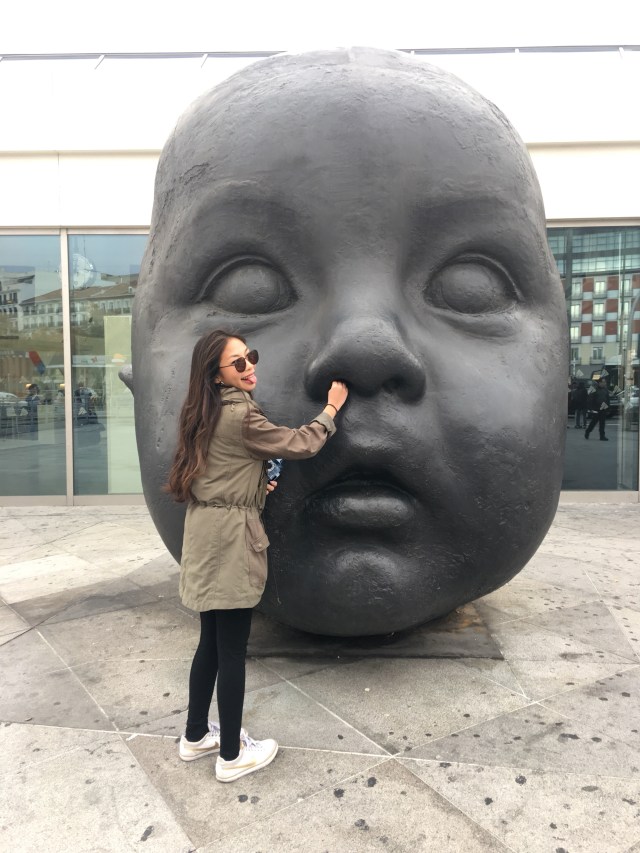
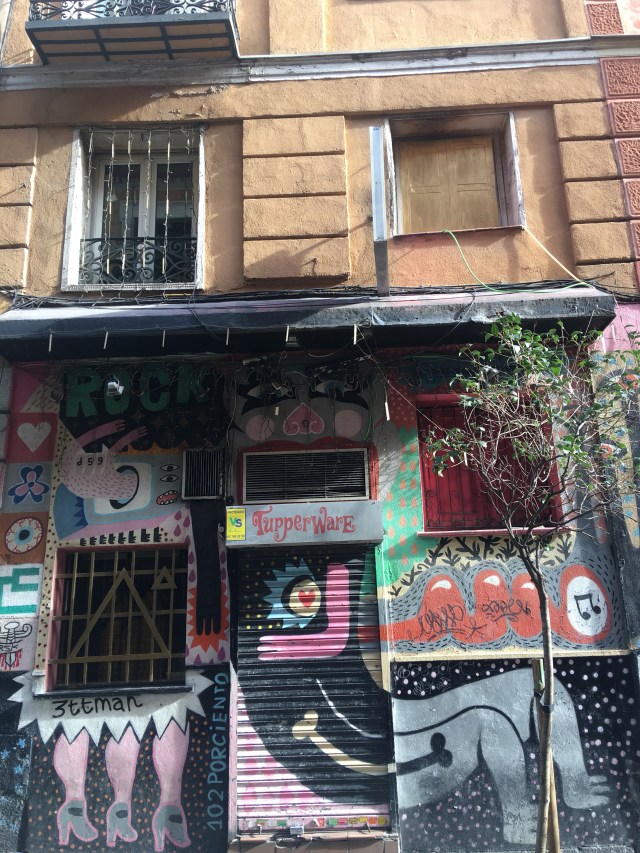
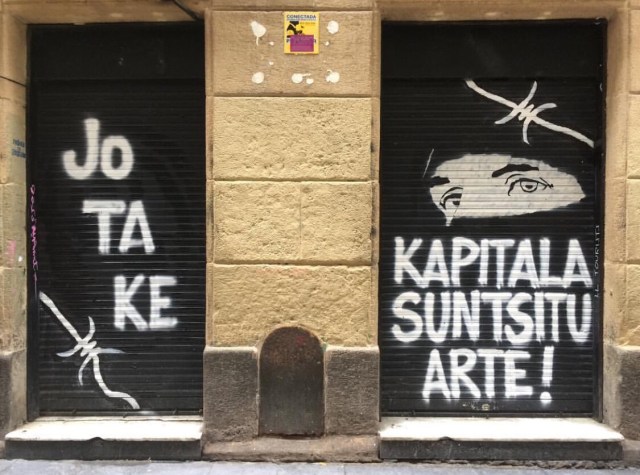

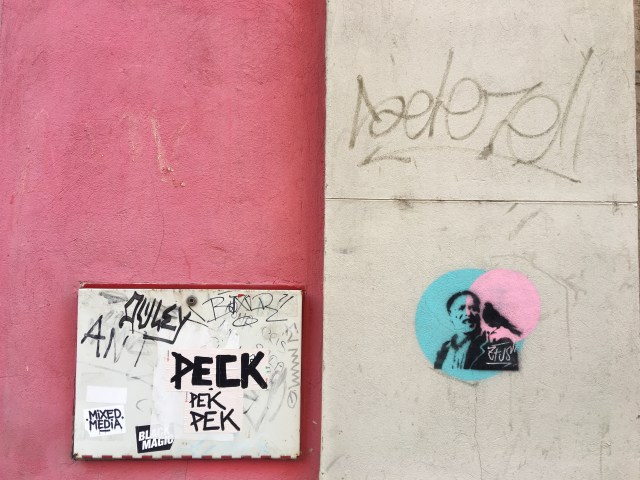
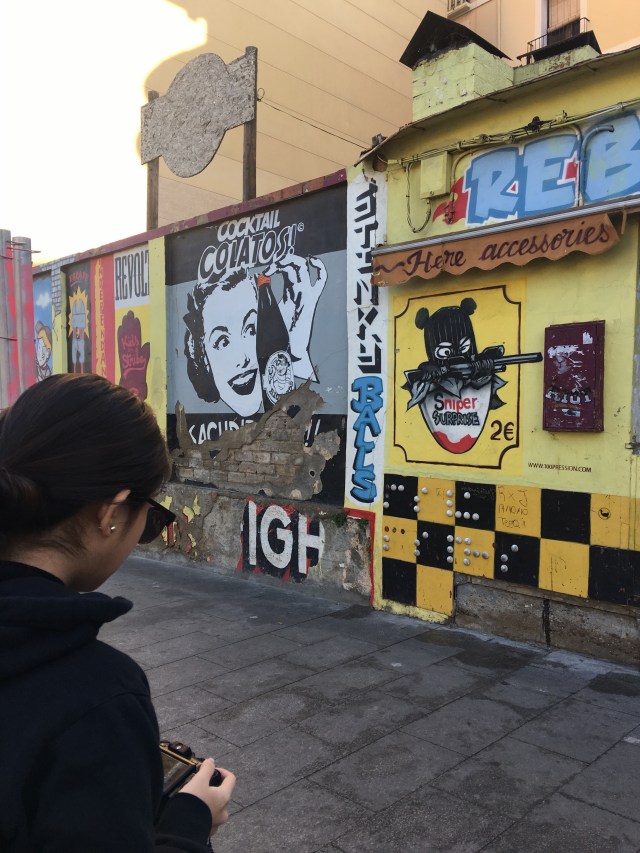

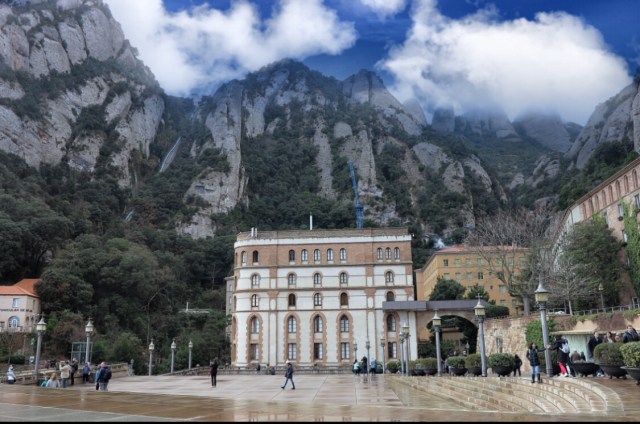


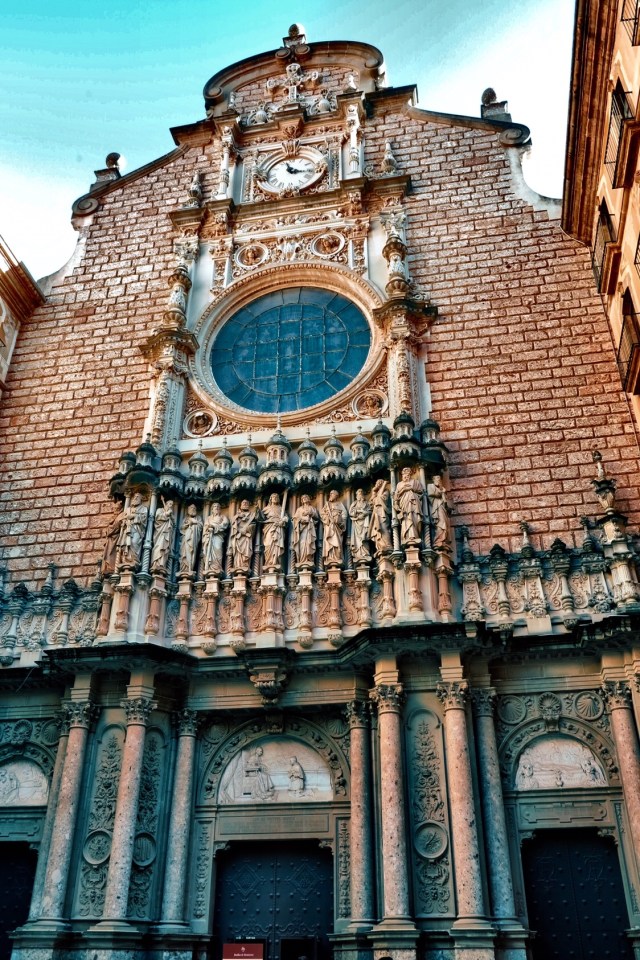 < img src=”
< img src=”
 < img src=”
< img src=” < img src=”
< img src=”
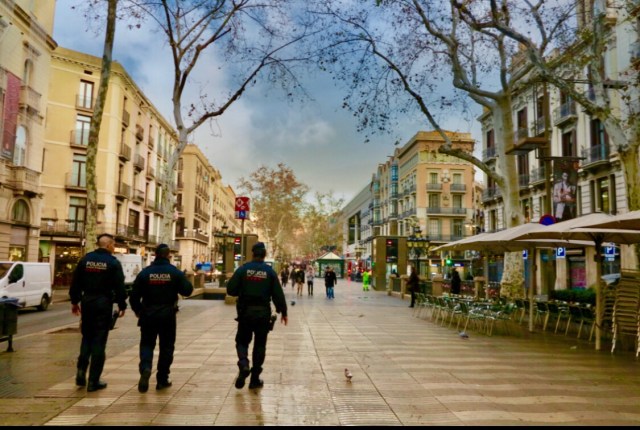

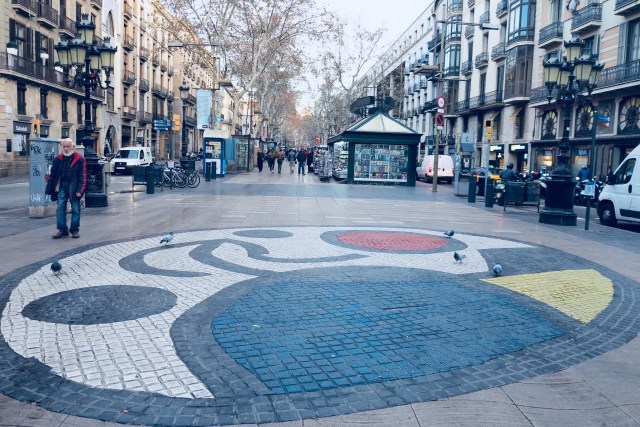



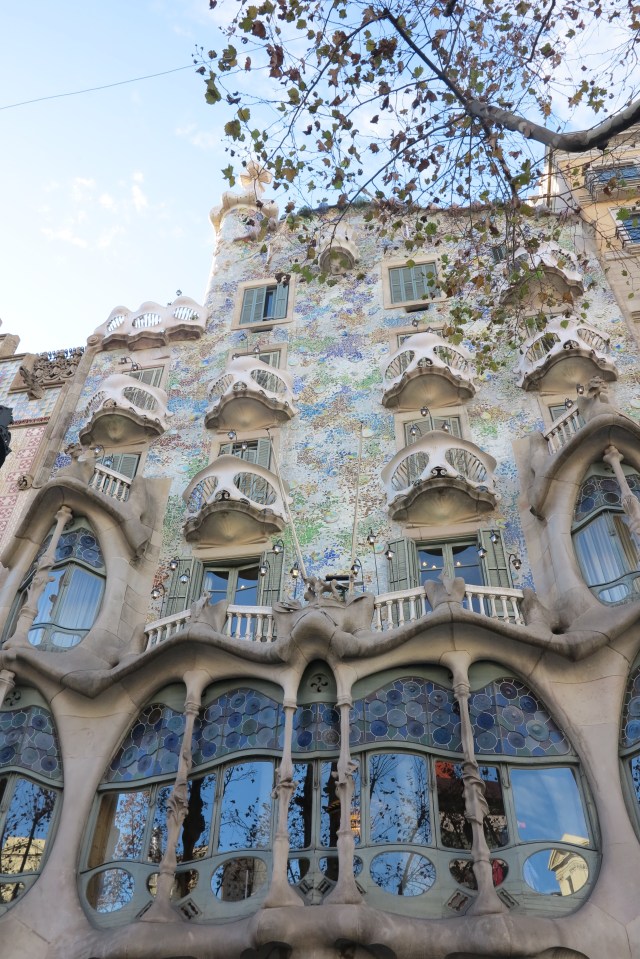
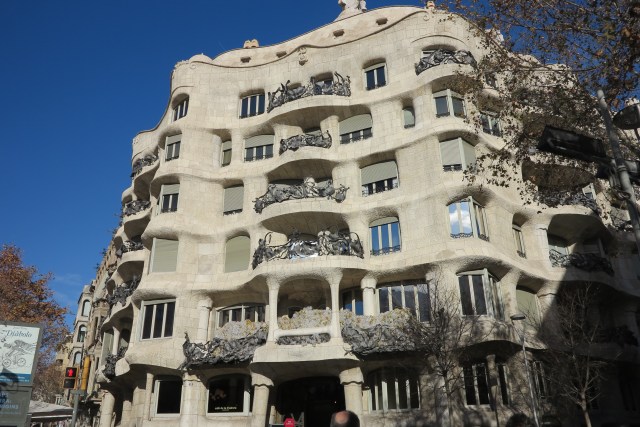





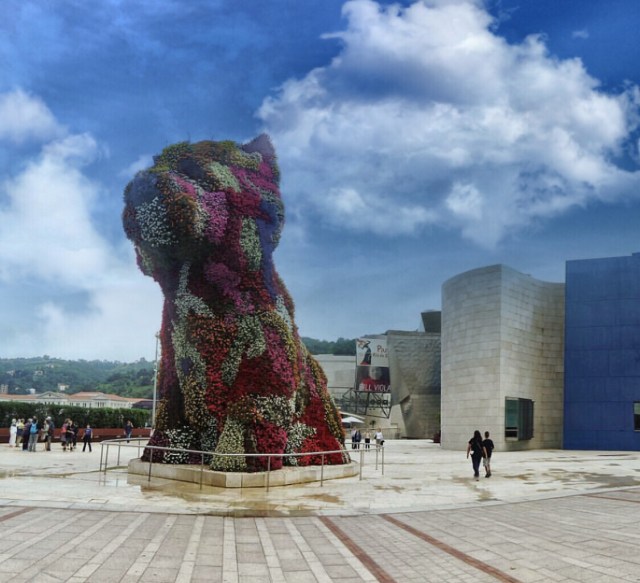

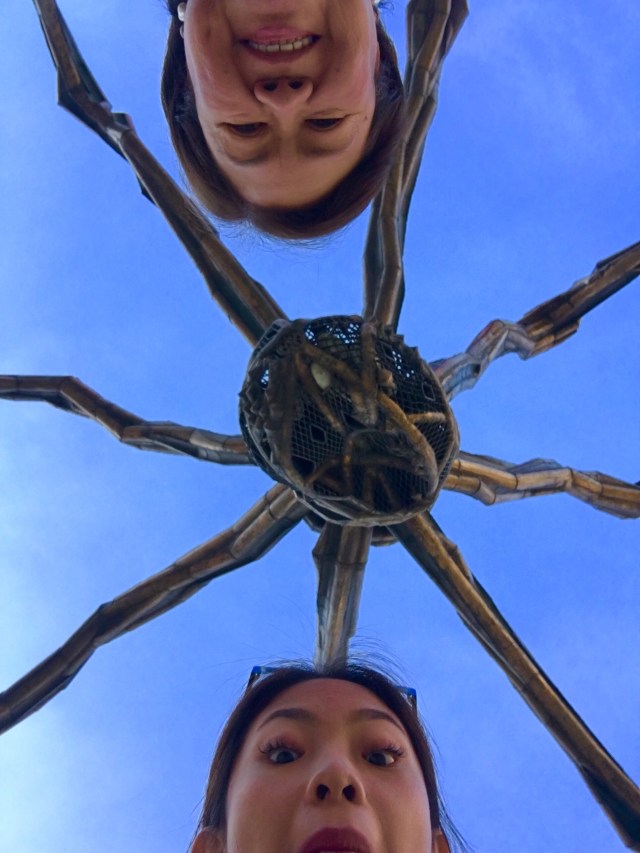
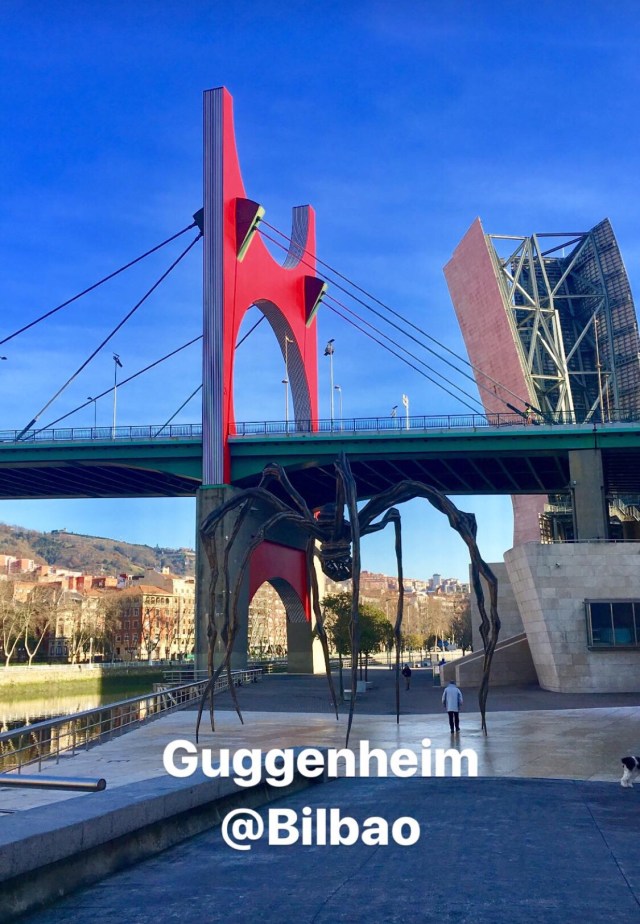
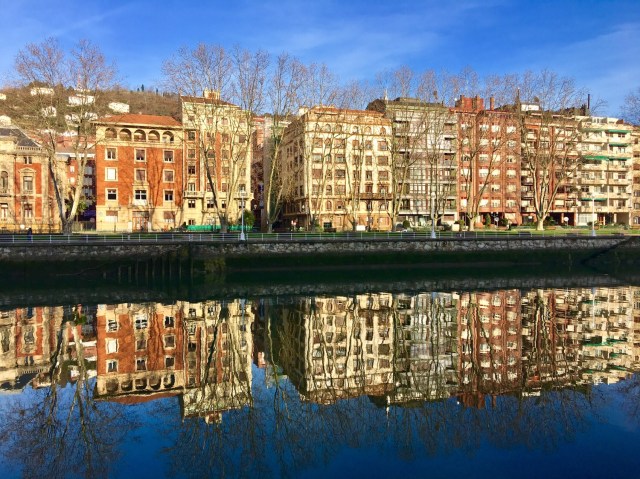






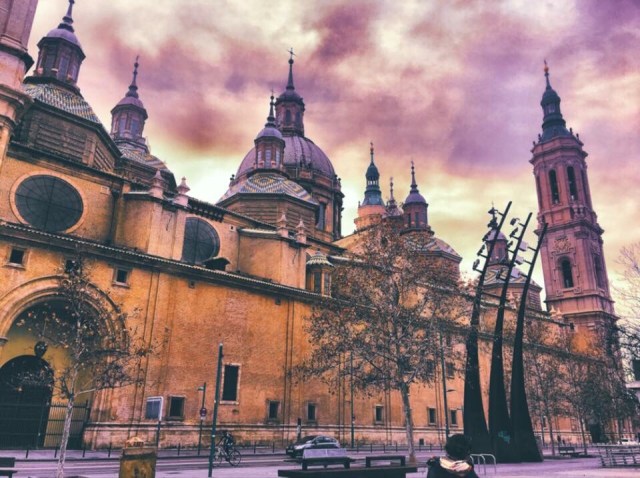



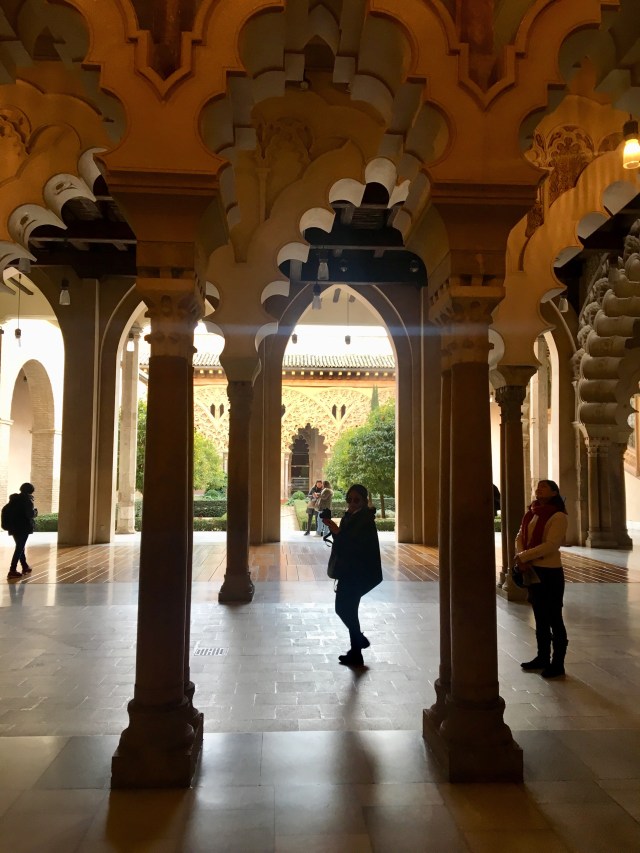










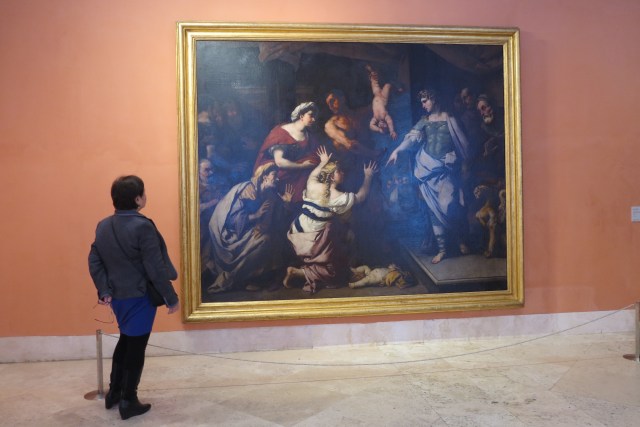
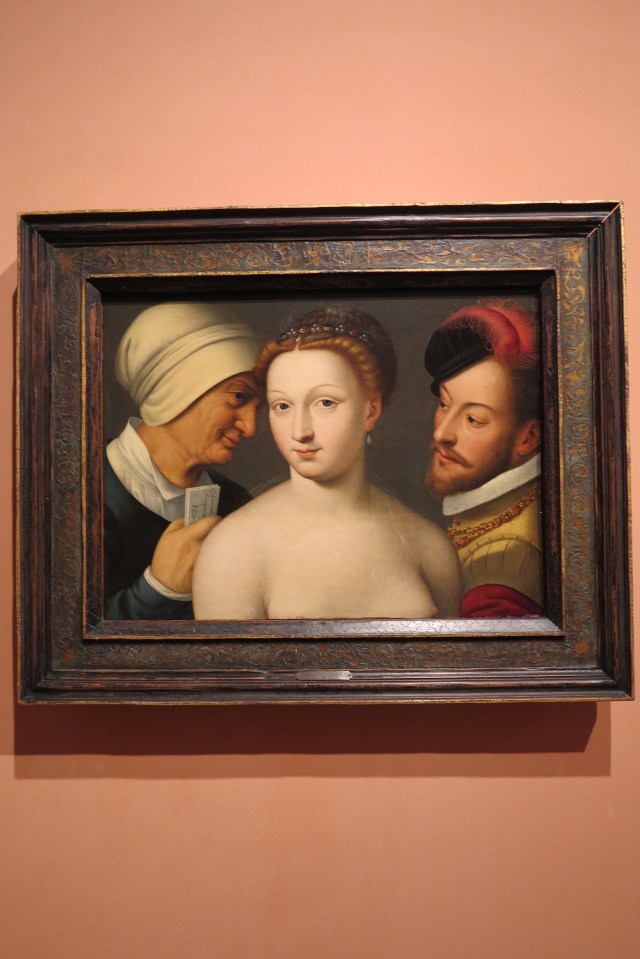


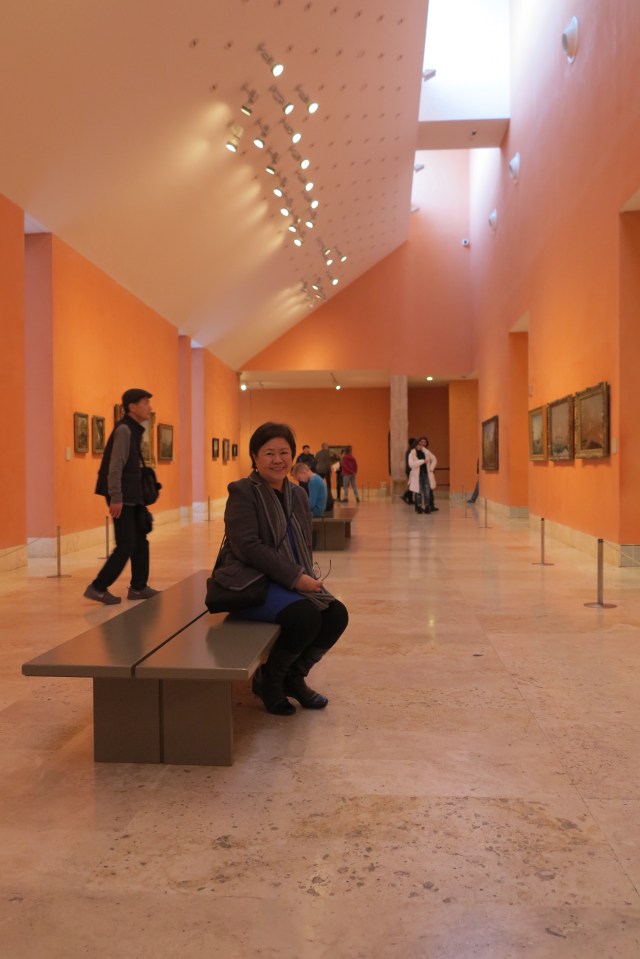

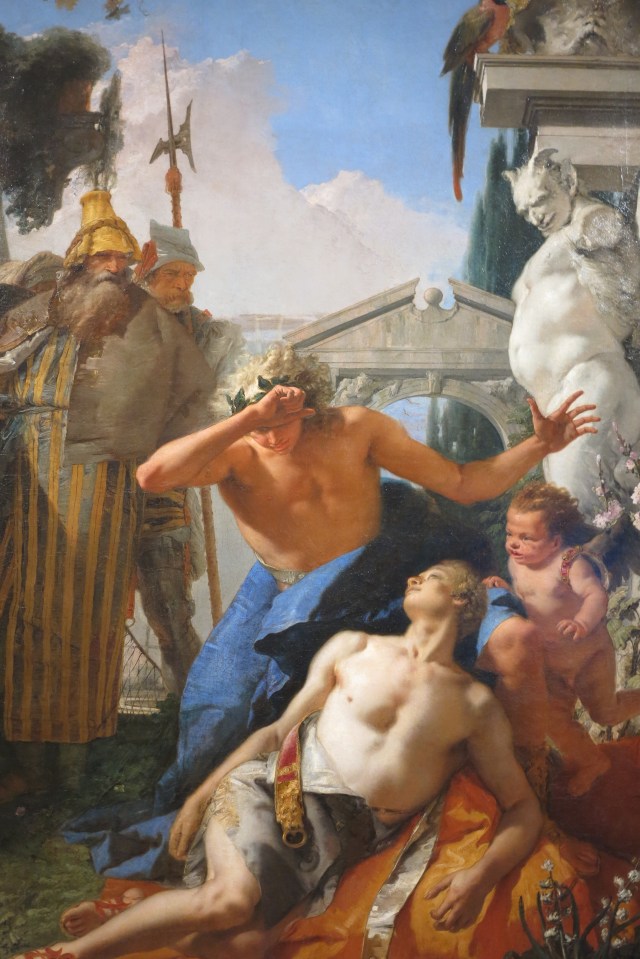



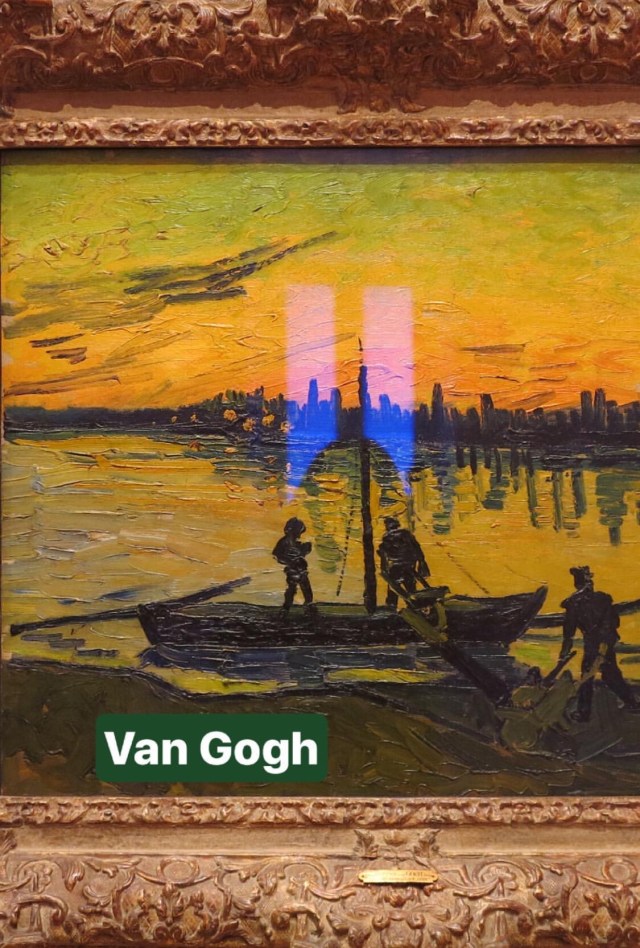
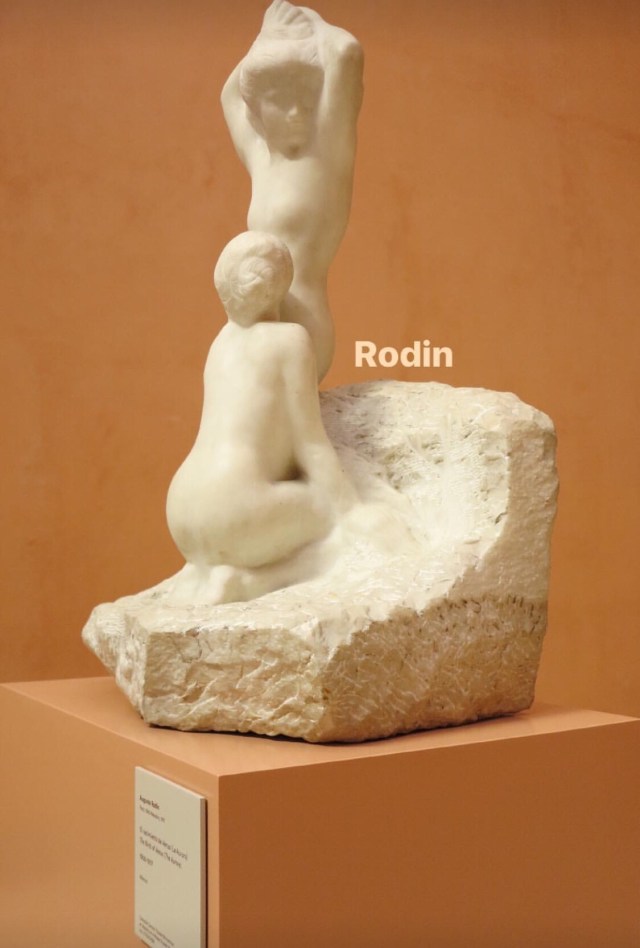

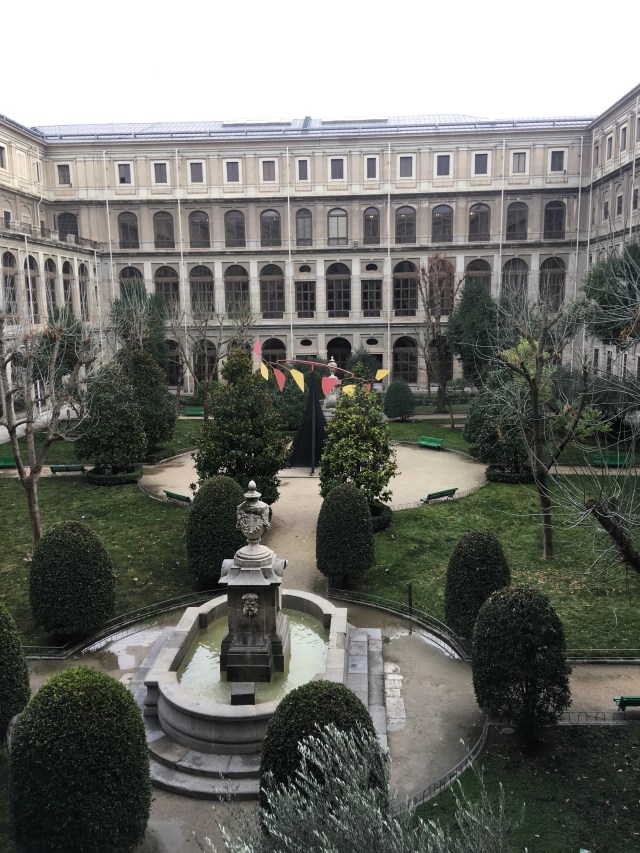
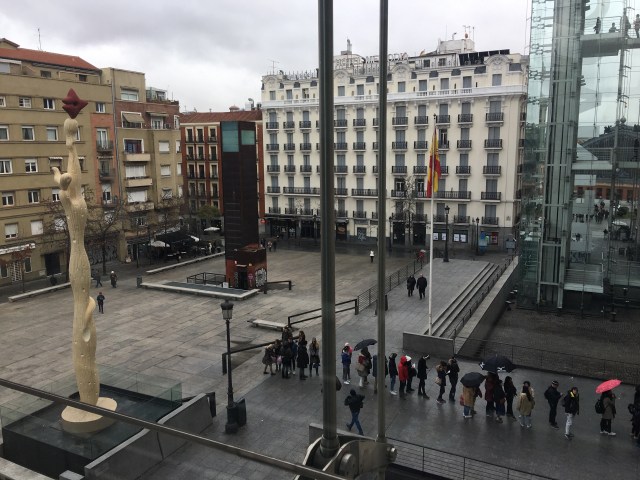
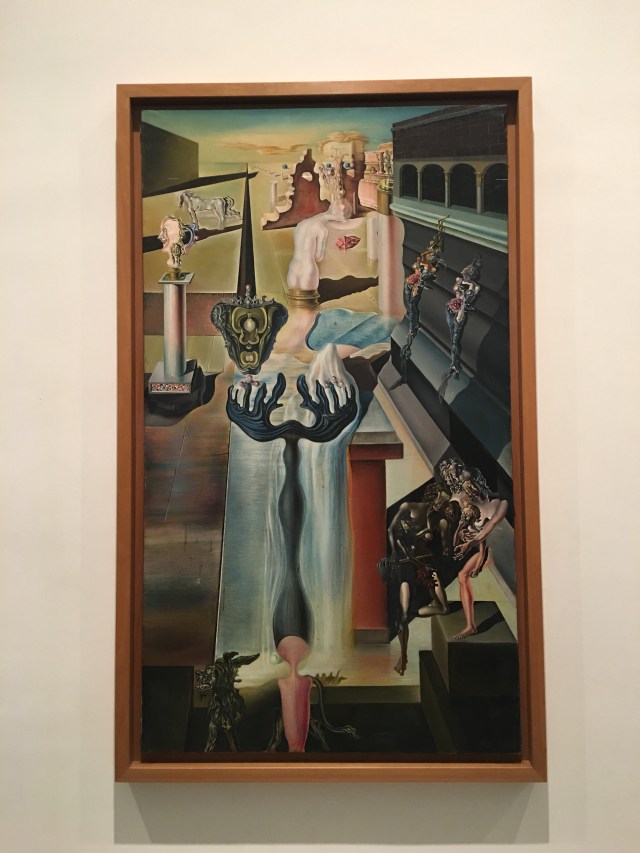
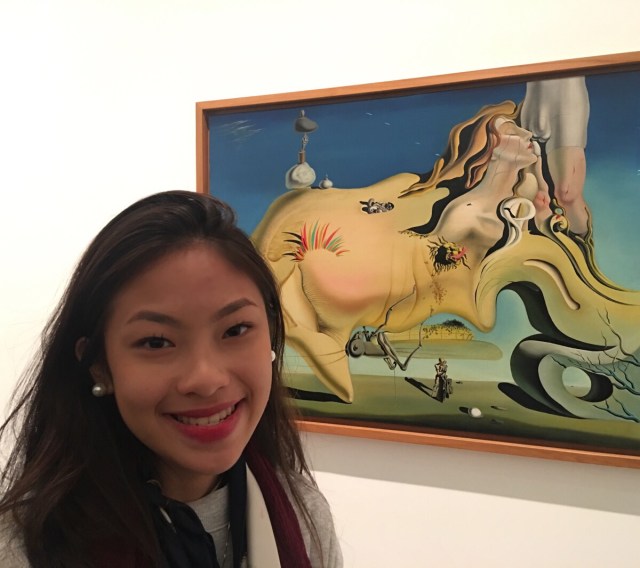
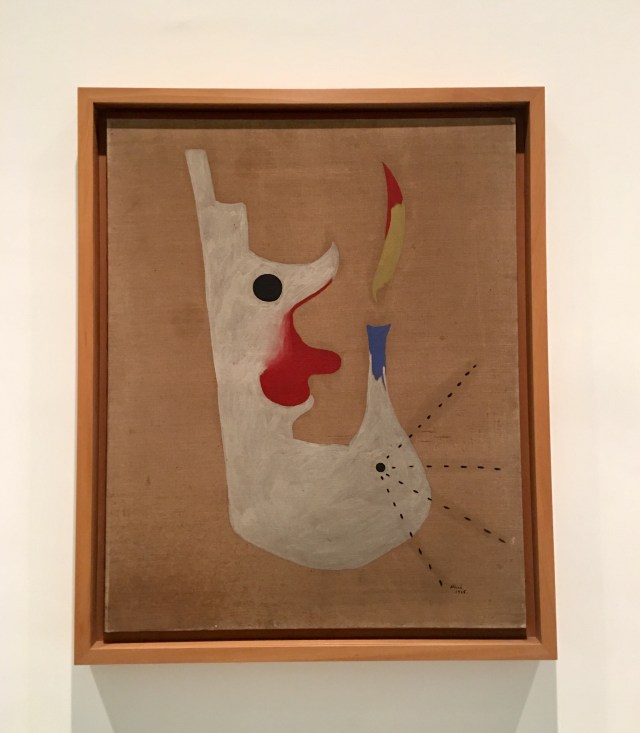



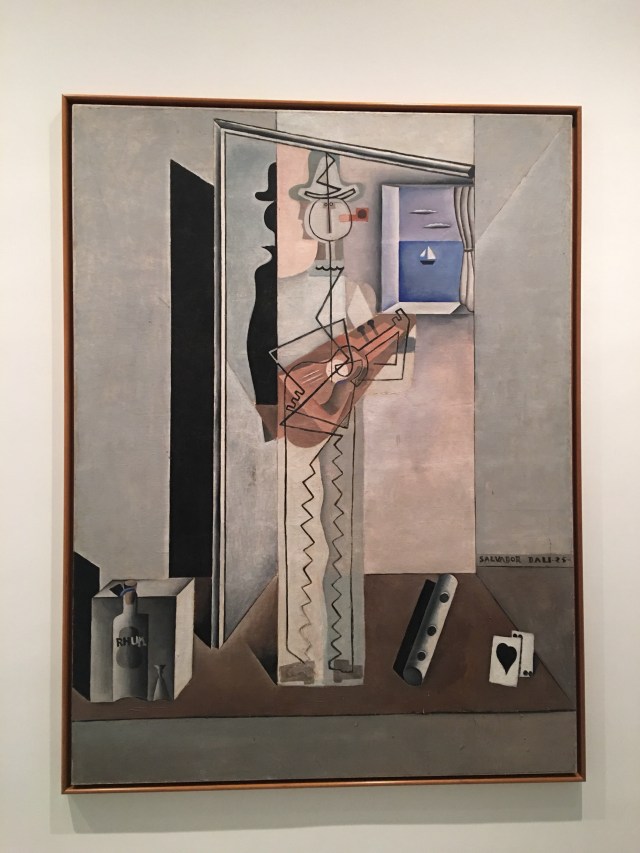
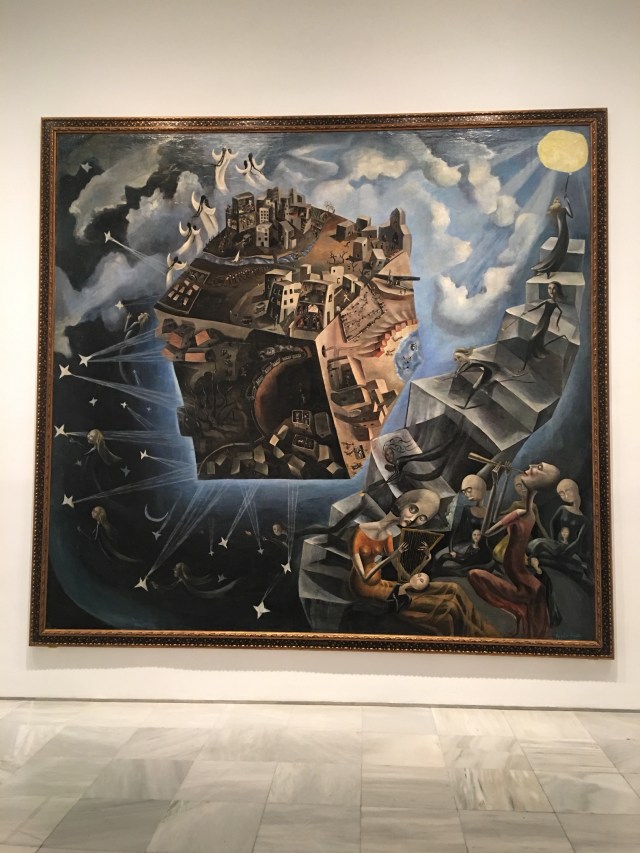 < strong>
< strong>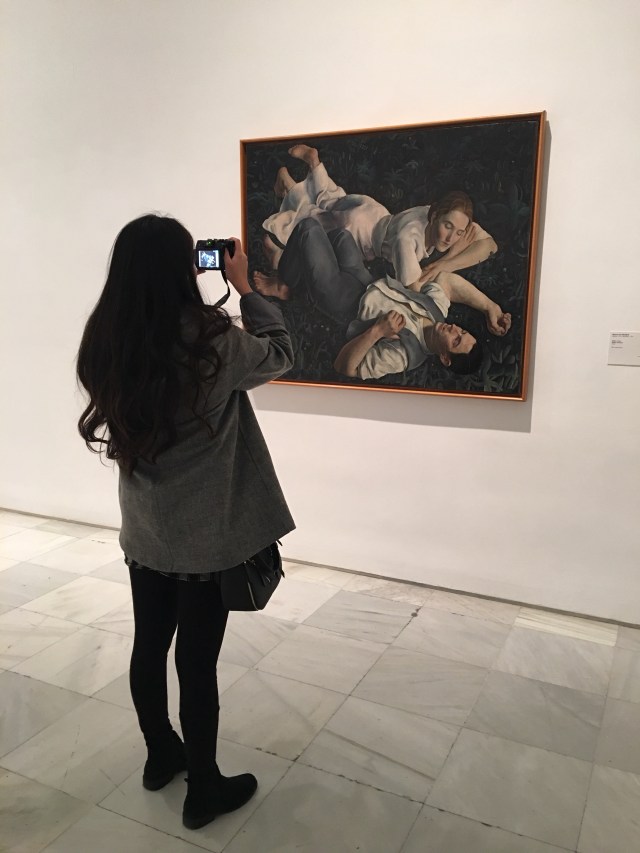 < strong>
< strong>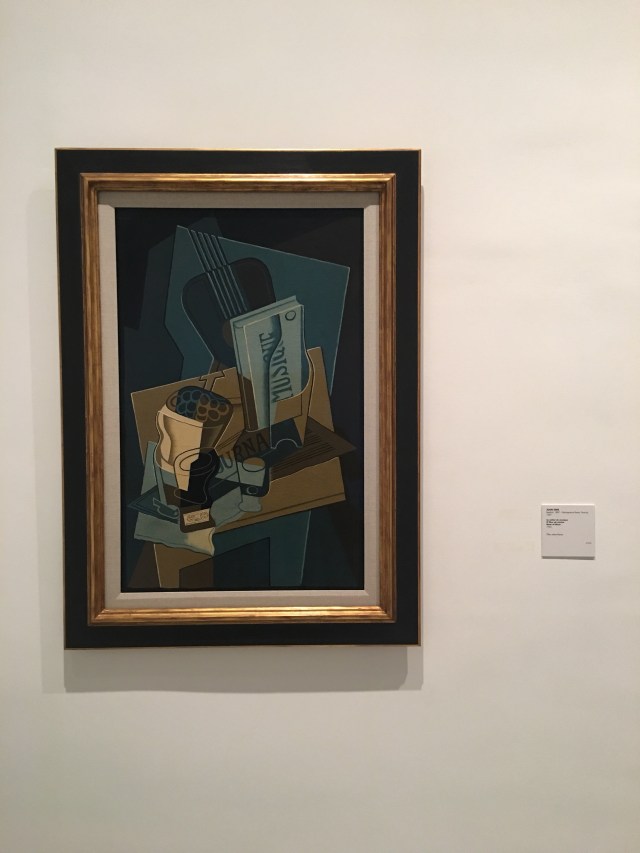
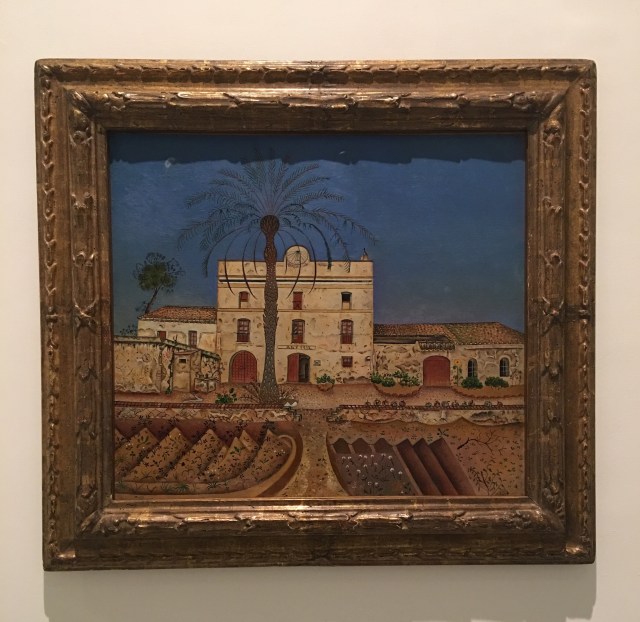
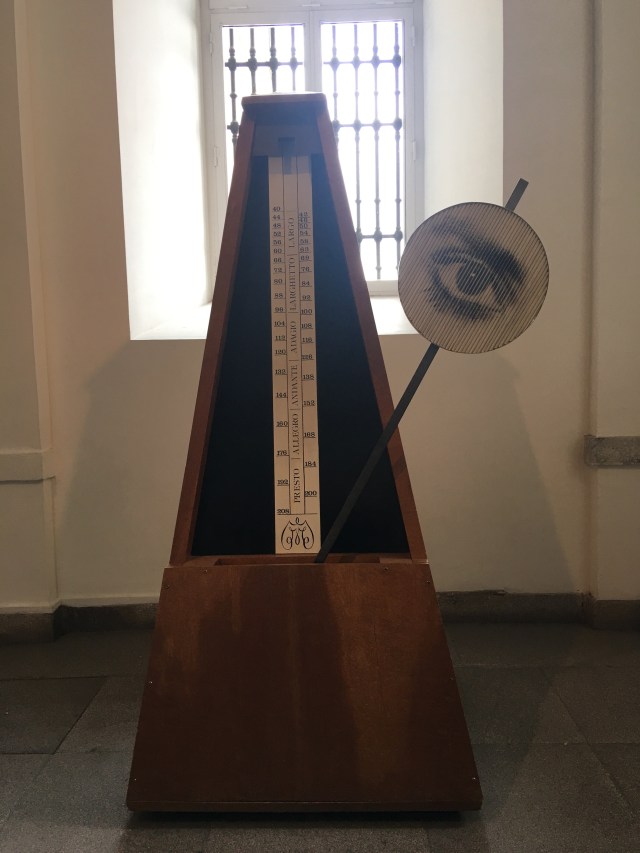






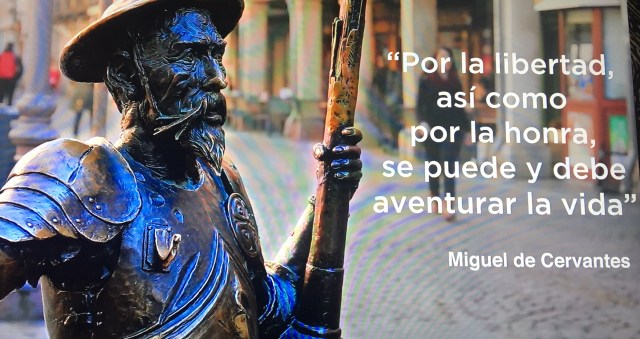
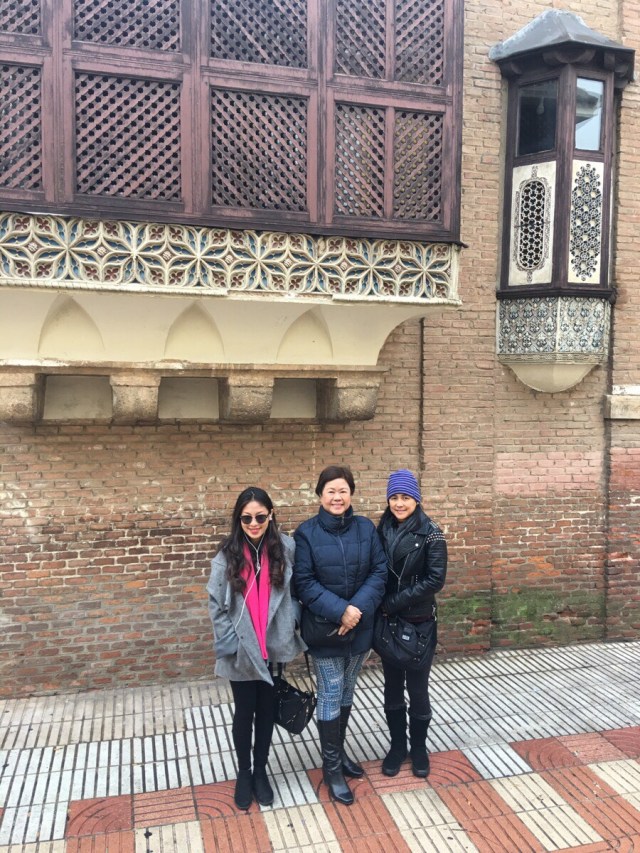

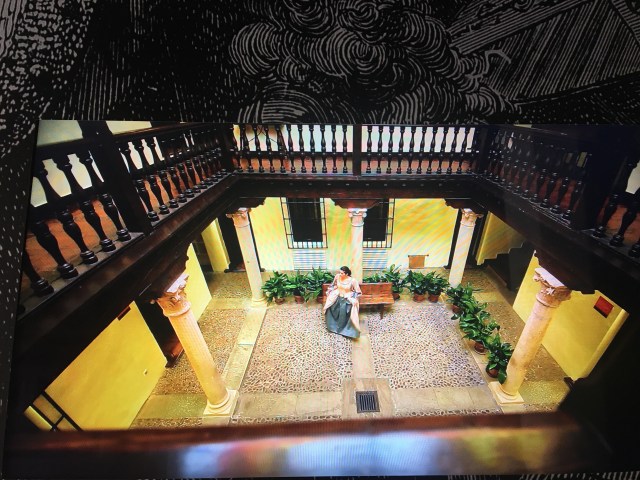
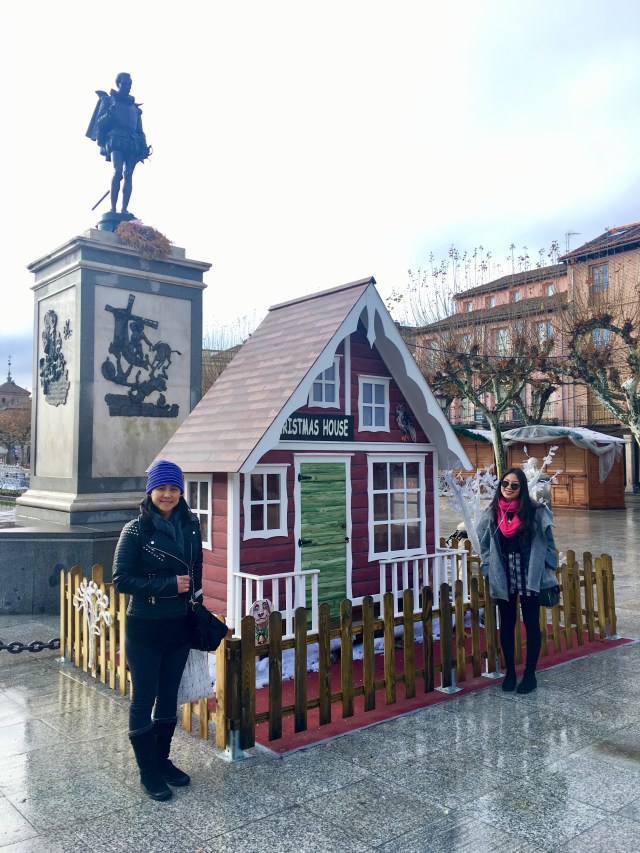


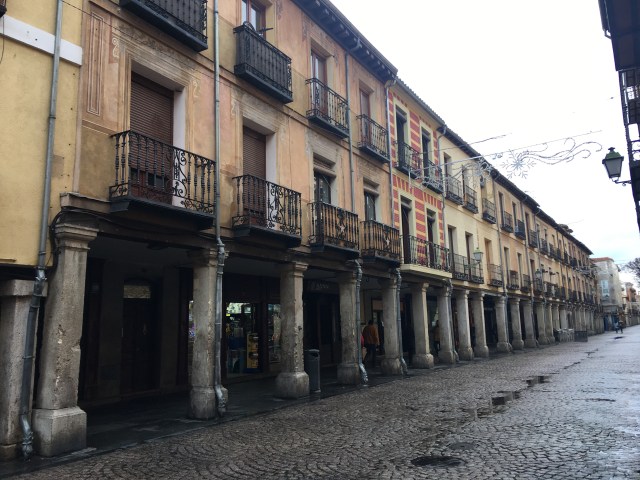

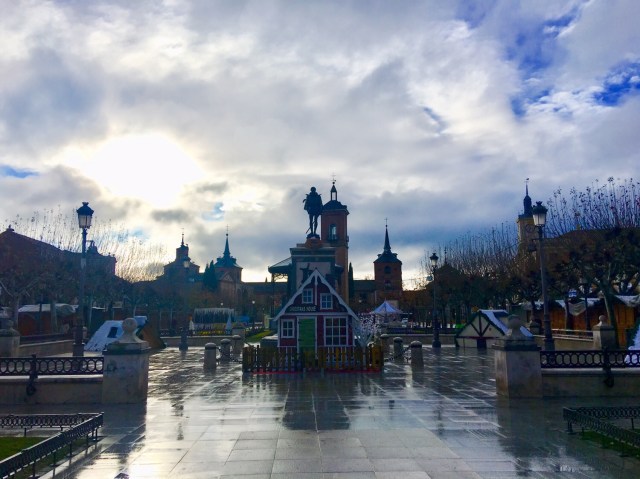







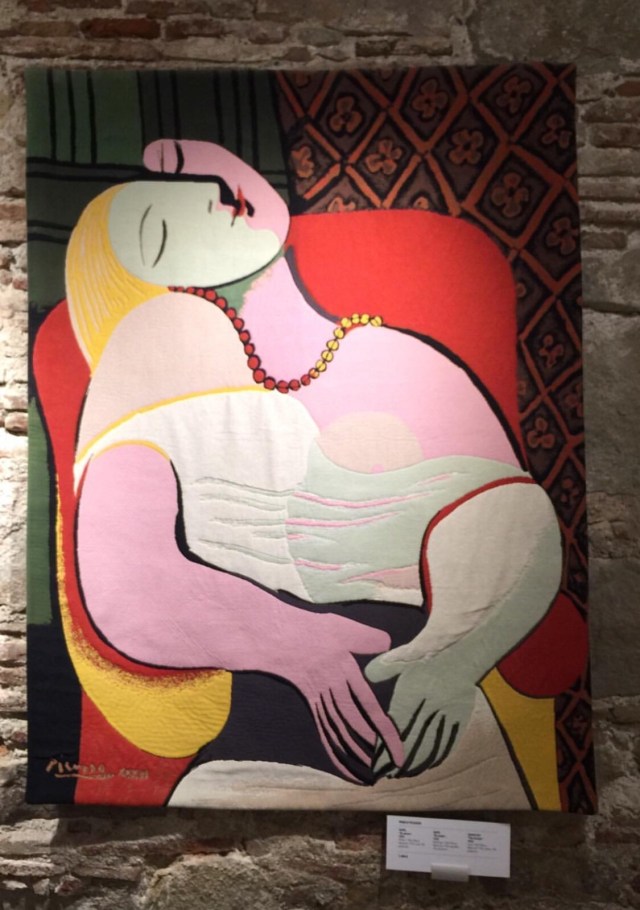
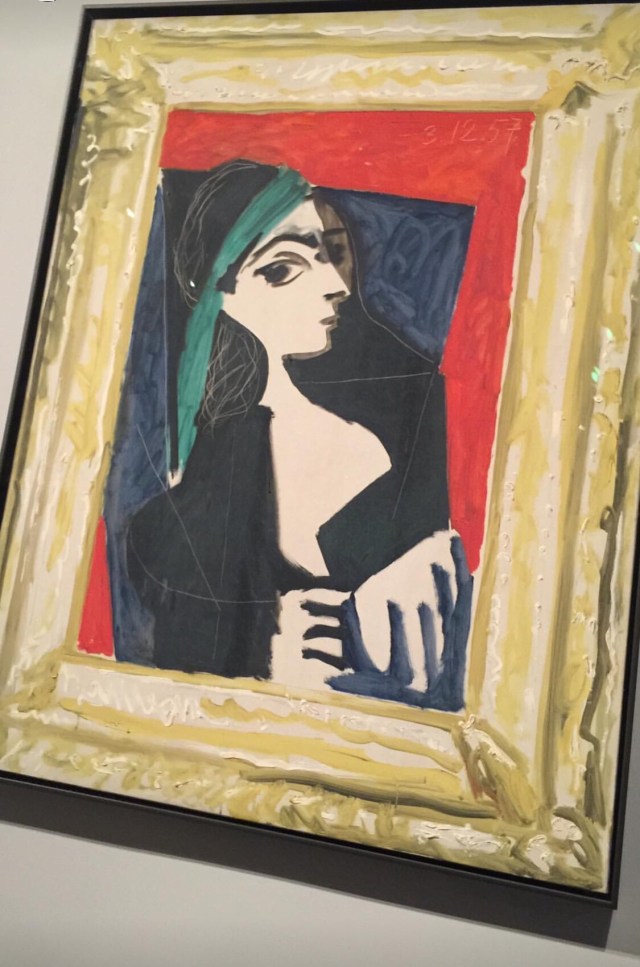 Indeed, Pablo Picasso is one significant artist of the 20th century. He started off being trained by his own father, copying many major artworks, and later inventing and reinventing his art. The world became better. He left us with many creations. As well as notable quotes. Quite a man, this Picasso!
Indeed, Pablo Picasso is one significant artist of the 20th century. He started off being trained by his own father, copying many major artworks, and later inventing and reinventing his art. The world became better. He left us with many creations. As well as notable quotes. Quite a man, this Picasso!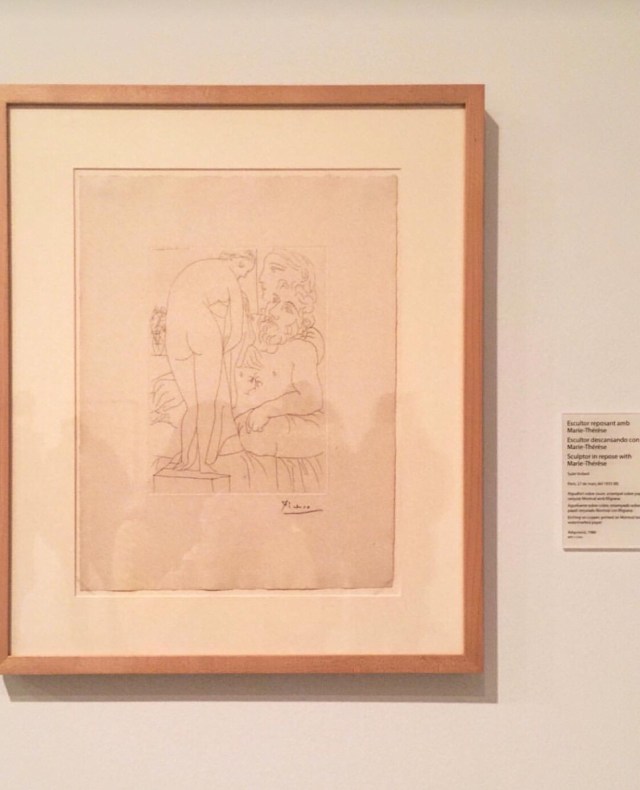 < img src=”
< img src=”